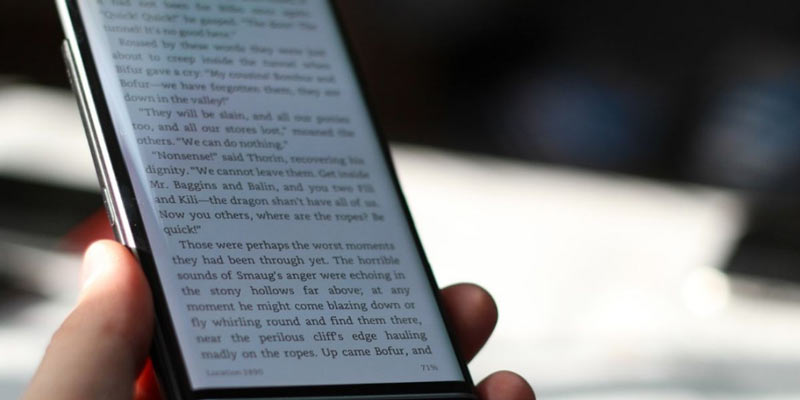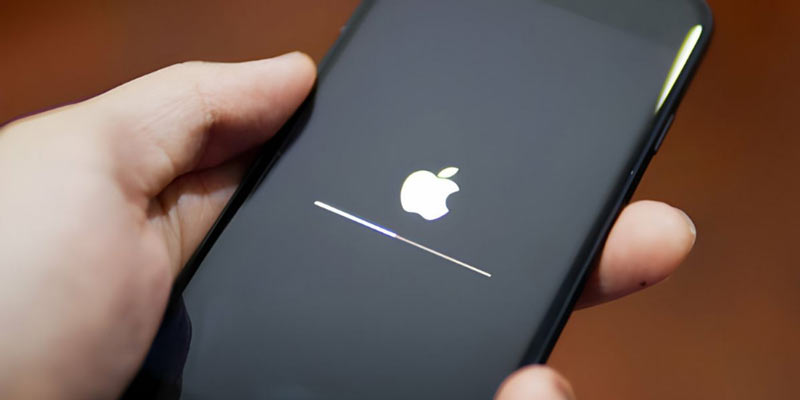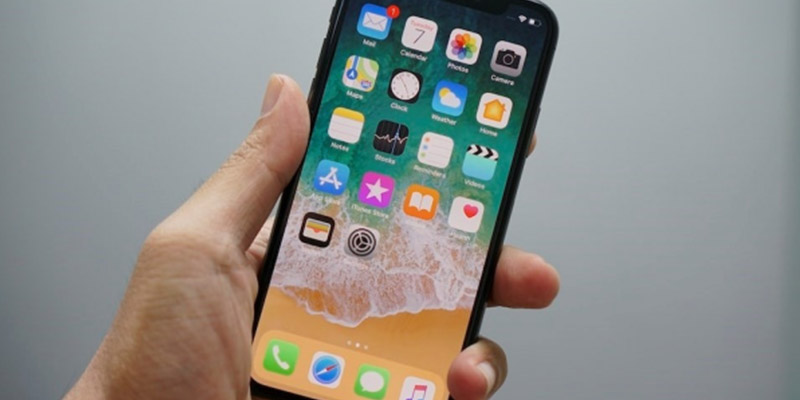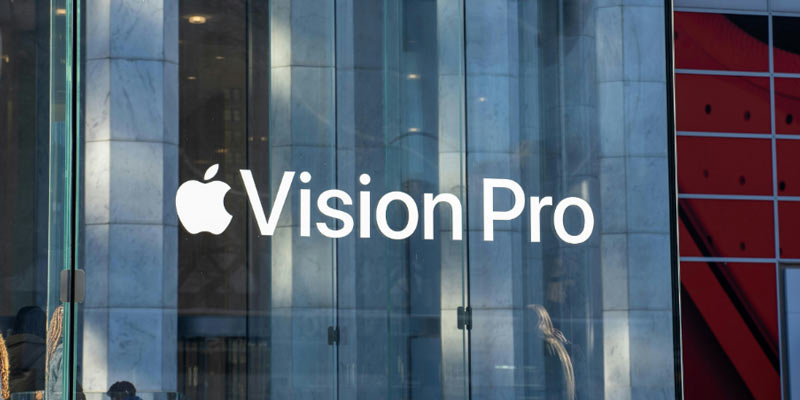In the ever-evolving world of smartphones and their differentiators, one of the most intriguing debates revolves around buying a curved-screen or flat-screen phone. While some may see it as insignificant, the shape of a phone’s screen goes beyond aesthetics. It has a subtle yet significant impact on a phone user’s experience, and thus, it must be taken as seriously as when considering battery life or processor speed.
Here, we will make that job easier for you. By exploring the pros, cons, and recommendations of curved and flat screens, you can decide which display is right for you.
What is a Direct Screen?
A direct screen, or a straight or flat screen, is the traditional, straightforward design that has dominated the smartphone market for years. It refers to a perfectly flat display with no curvature along its edges. This is the most common screen shape in most electronic devices, including computers and televisions.
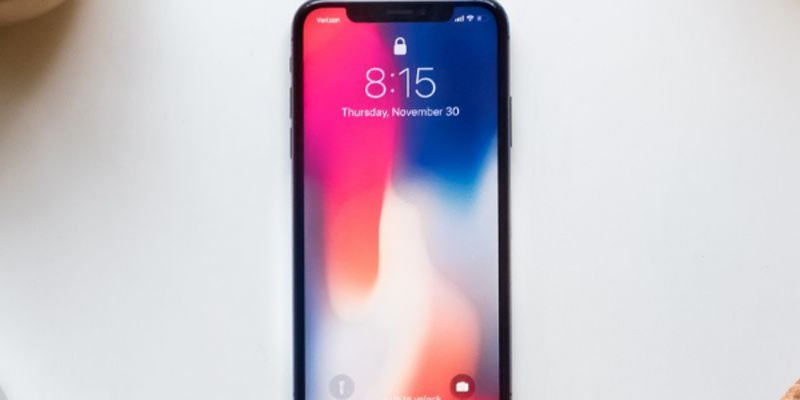
What are the Advantages?
Direct screens have a considerable number of advantages. They were made with efficiency in mind, making them the more popular choice in the raging war between curved screens and flat screens.
Durability
Flat screens are generally more resistant to damage from accidental drops or impacts. The uniform surfaces and sharp edges minimize weak or inconsistent points, providing more protection for internal components. The absence of curved edges on flat screens significantly reduces their vulnerability to cracks and scratches.
Cost-Effectiveness
Flat screens are typically more cost-effective as they are simpler, resulting in lower overall device costs. This affordability can make flat-screen smartphones more accessible to a broader consumer base.
Ease of Use
The flat design offers a more predictable touch interface, reducing the likelihood of accidental touches. Users often find flat screens more comfortable to hold, as there are no curves that might affect grip. It is also more ergonomic as it reduces hand fatigue from not being conditioned to have a firm grip while using your device.
Accessory Compatibility
Flat screens are compatible with various accessories, including screen protectors and cases. They tend to fit more snugly in phone cases without obstructing their screens. This standard shape gives users more options for personalizing and protecting their devices.
What are the Disadvantages?
Like everything else, flat screens also have their downfalls. The most common complaints given by users about direct-screen smartphones are,
Aesthetics
Some users find flat screens less visually appealing compared to curved alternatives. The straight, uniform design might lack the futuristic and avant-garde look that some users seek in their devices. The lack of a distinctive design in a world where the “wow” factor is everything might make users less inclined towards buying a flat screen.
Limited Immersion
The absence of a curved display may result in a less immersive viewing experience, particularly when consuming multimedia. This can limit the sense of depth and engagement, leaving users dissatisfied with their smartphone experience.
Trend Perception
Flat screens, which have been the staple screen shape since the first smartphone was released, might be perceived as outdated by some consumers. Trend-driven consumers prefer devices with more innovative and trendy designs, such as curved screens.
Introducing Several Direct-screen Mobile Phones
While the flat screen is the standard display shape, not every device can master it. The most notorious example is the 6.7-inch Apple iPhone 14 Pro Max, which the Internet agreed to be too cumbersome to handle. It wasn’t easily pocketable and was too top-heavy. However, there are some prime examples of a flat-screen display used to elevate the user experience.
Samsung Galaxy S22 5G
Released in February of 2022, this device sports a simple and modern design. Its flat-screen display is protected with a Gorilla Glass Victus Plus, which is water- and dust-resistant. Thus, this makes the smartphone a tough contender against scratches and short drops.
The flat 6.1-inch AMOLED screen display is exceptionally vibrant with deep blacks for a complementary visual experience. It also has a smooth and sharp display of 1080✕2340 pixel resolution and 120Hz refresh rate.
Google Pixel 6
The Google Pixel 6 is a great purchase for flat-screen enthusiasts as Google phones get Android updates very quickly, making for a practical and updated user experience. The flat screen is protected against scratches and drops with Gorilla Glass Victus and Gorilla Glass 6 on the back. This device is also dust and water-resistant.
The Pixel 6 boasts an AMOLED screen with a 90Hz refresh rate. While this is not as impressive as the Galaxy S22, it is still a smooth display with sharp details due to its 1080 x 2400 pixels resolution.
Apple iPhone 12 Pro Max
Apple is certainly a pioneer for flat-screen phones, never having ventured into the realm of curved-screen phone production. So, it’s obligatory that we mention at least one iPhone in this list.
Unlike the Android phones, the iPhone 12 Pro Max features a 6.7-inch Super Retina display and 1284 x 2778 resolution for a clearer user experience. However, like the others, the flat screen is resistant to dust and water and sports Gorilla Glass protection against external damage.
Samsung Galaxy A52s 5G
While not as costly as the iPhone, this flat-screen device still offers many premium features. The phone features a 6.5-inch display with 1080 x 2400 pixels for sharp visuals. This device, too, has an AMOLED display with a refresh rate of 120Hz. Samsung has a reputation for having good screens, and it’s evident that they have strived to keep it this way without a heavy impact on the final price.
What is a Curved Screen?
A curved screen features edges that are slightly or significantly curved towards the sides. This design aims to provide a more immersive and visually striking experience. Curved screens first made its debut in 2013, featuring in Samsung’s Galaxy Round. Since then, many companies have incorporated curved phone screens into their devices, particularly for flagship models.
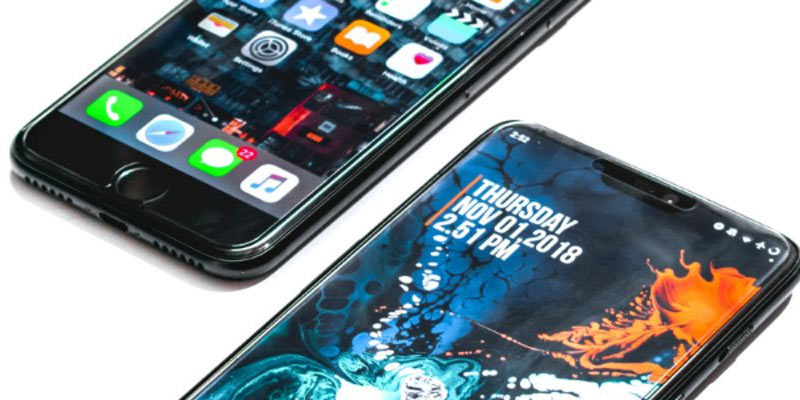
What are the Advantages?
This trendy new screen shape has many features that work in its favor, such as,
Immersive Viewing Experience
Curved screens on a smartphone provide a more immersive viewing experience by wrapping content around the edges. This design enhances the sense of depth and engagement and can be a strong selling point for users who regularly consume visual media on their devices.
Aesthetics
Curved screens are often associated with a sleek and futuristic aesthetic, contributing to the overall appeal of the device. The design can be a significant selling point for those who prioritize the visual aspect of their smartphones.
Enhanced Comfort
A curved screen can make the device more comfortable to hold, conforming to the hand’s natural contours. Thus, curved-screen phones are ideal for one-hand usage.
Innovative Features
Manufacturers often introduce unique features with curved screens, such as edge lighting, shortcuts, and additional controls. These features leverage the curved edges to enhance functionality and make the device stand out in the smartphone market.
What are the Disadvantages?
While the aesthetic appeal of a phone with a curved screen is high, its practicality is not. The most common disadvantages of using such a device for everyday use are,
Durability Concerns
Curved screens may be more vulnerable to damage from accidental drops or impacts as the screen extends onto the edges, which is most susceptible to damage. Repairing or replacing a curved screen can be more expensive than a flat one due to limited resources.
Accidental Touches
The curved screen of your device may lead to unintentional touches, particularly during one-handed use. This can frustrate users who prefer a consistent and predictable touch interface. It might also disrupt your phone usage by making constant mistakes and errors.
Limited Accessory Compatibility
Curved screens may pose challenges for accessory compatibility, as not all accessories are designed to accommodate the curved edges. This limitation can restrict users from personalizing and protecting their devices.
Introducing Several Mobile Phones with Curved Screens
While curved screens don’t add much value to a device’s core functionality, they act as a medium that helps us harness a phone’s power. The “Waterfall” display allows users to access their device’s powerful features while looking chic and sleek. These curved display phones have proved reliable and passed the test of time.
Samsung Galaxy S23 Ultra
This curved screen device is a flagship model smartphone with an expansive 6.8-inch Dynamic AMOLED 2X curved display. The device uses a Corning Gorilla Glass Victus 2 for screen protection. The display consists of a 120Hz refresh rate and 1440×3088 pixels resolution.
OnePlus 11
With this curved screen display smartphone, Oneplus made a huge comeback to the tech scene. Sporting a 6.7-inch Super Fluid curved edge display, the Oneplus device also boasts a refresh rate of 120Hz and a resolution of 1440×3216 pixels. The device has Corning Gorilla Glass Victus for protection against external damage.
Vivo X90 Pro
The Vivo X90 Pro is a flagship phone that flaunts a curved 6.78-inch AMOLED display. Launched in April of 2023, the display has a 1260×2800 pixel resolution and a refresh rate of 120Hz.
Conclusion
Ultimately, the choice between a flat and curved screen boils down to personal preference and a user’s priorities from their smartphones. Both screen shapes have their own pros and cons that must be carefully considered when choosing the device for you. As time and technology progresses, users can expect flat and curved screens to be perfected as much as possible.
